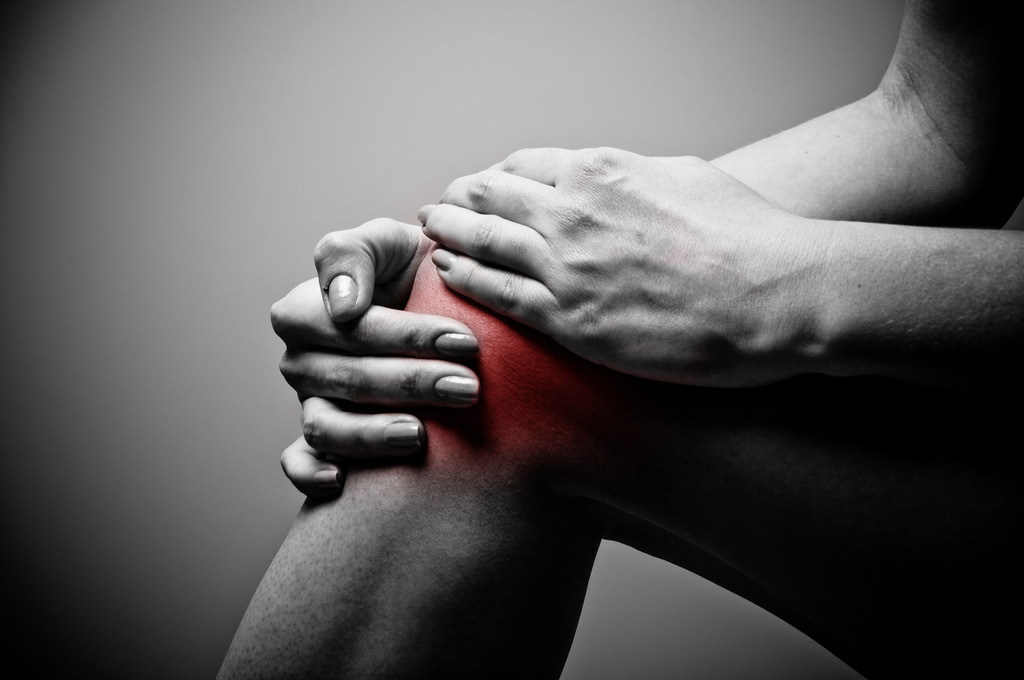Massage Pressure affects the Changes in Muscle Stiffness
A study from Keio University, Japan aimed to determine whether the pressure applied during a massage on specific muscles—the biceps brachii and the medial head of the gastrocnemius—is linked to the effectiveness of the massage in reducing muscle stiffness.
Nine healthy individuals participated in the study. A physiotherapist performed massages on the upper arms and lower legs of the participants, who were positioned on a rigid desk within a lab setting. Each massage session lasted for 10 minutes, followed by a 3-minute rest period. The stiffness of the muscles, measured as the shear modulus, was evaluated at various times: before the massage, immediately after, and then 5, 10, 15, and 20 minutes later. Measurements were conducted using shear wave elastography, a technique to assess muscle stiffness, while the pressure exerted during the massage was recorded using force plate sensors.
The results showed a significant reduction in the shear modulus of the biceps brachii immediately after the massage. For the medial head of the gastrocnemius, the stiffness also reduced significantly right after the massage and this reduction was maintained until five minutes post-massage. Additionally, there was a noticeable negative correlation between the total massage pressure and the percentage change in muscle stiffness for both muscles.
Given the structural differences between the biceps brachii, which is a spindle-shaped muscle, and the pennate-structured medial head of the gastrocnemius, the findings suggest that these anatomical differences may influence how muscle stiffness responds to massage.
The study concludes that massage pressure significantly influences the effectiveness of the massage in reducing muscle stiffness. This relationship is consistent regardless of the muscle type being spindle-shaped or pennate. However, the structural differences between these types of muscles may influence the duration of the massage’s effects on muscle stiffness.


